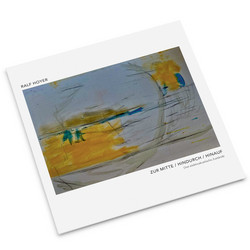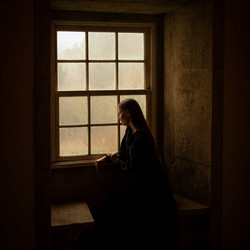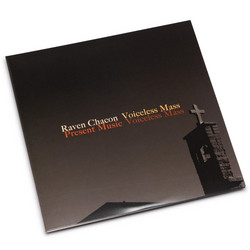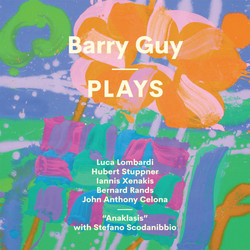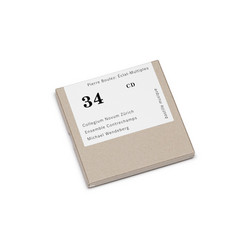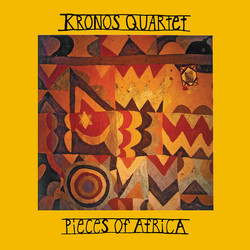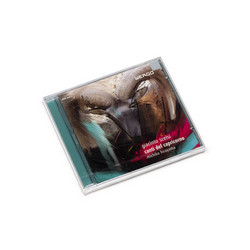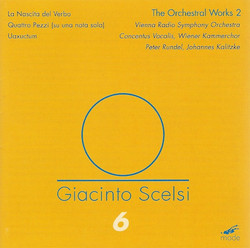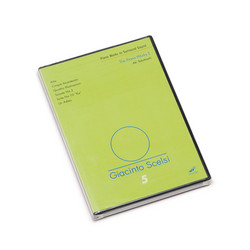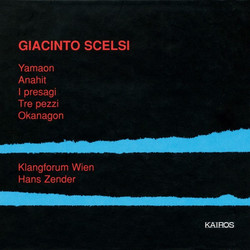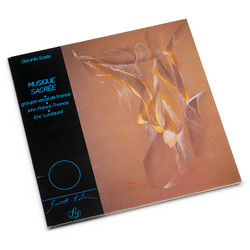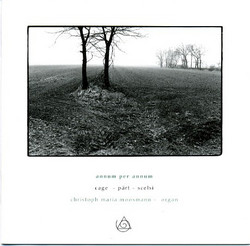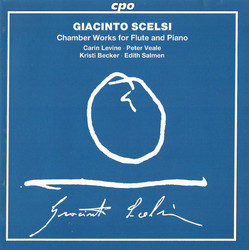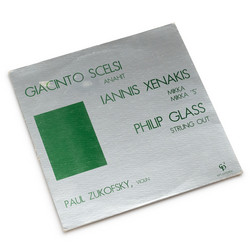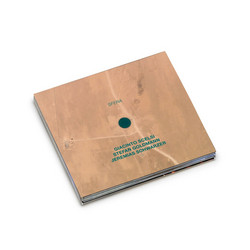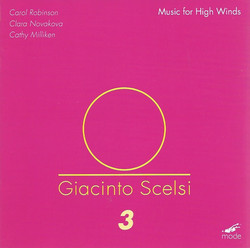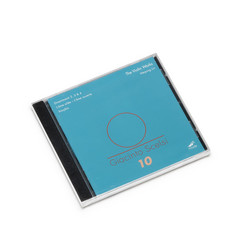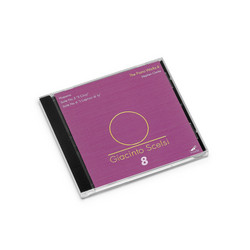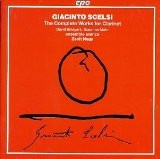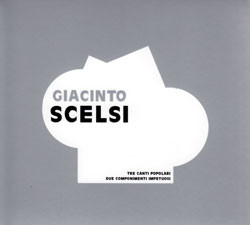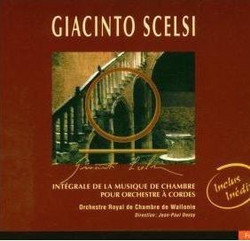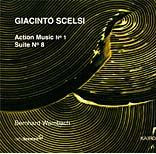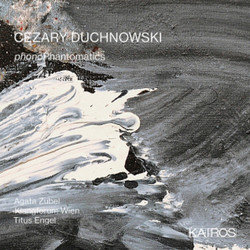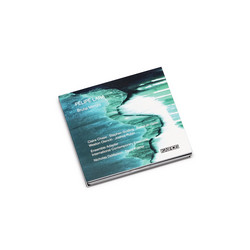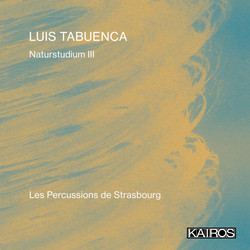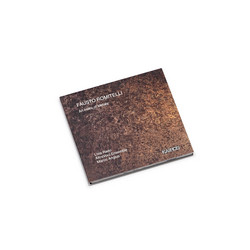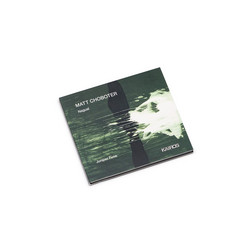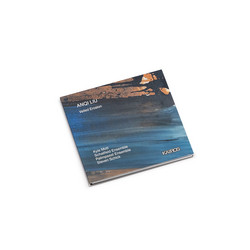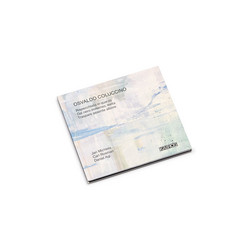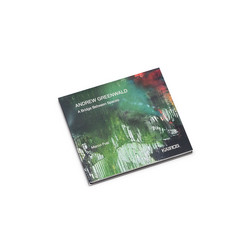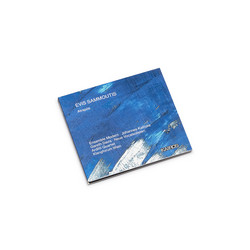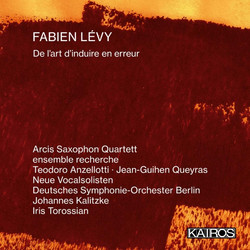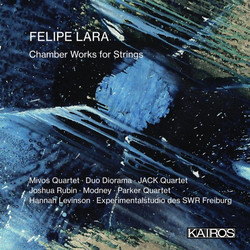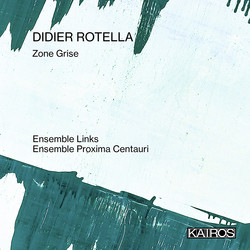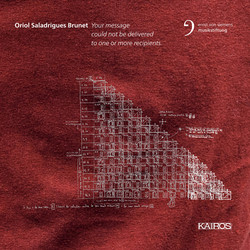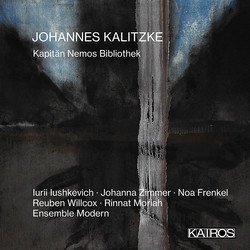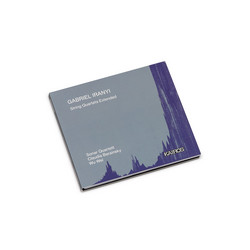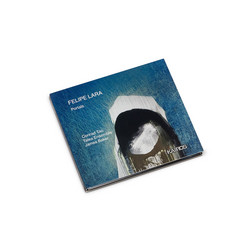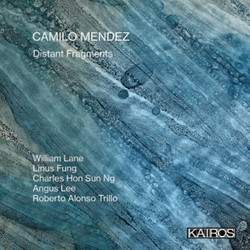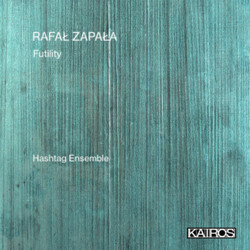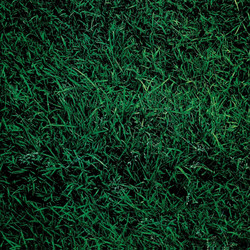Giacinto Scelsi
Works for Violin and for Viola
** In process of stocking ** Giacinto Scelsi (La Spezia, 1905 – Rome, 1988) is one of the most original Italian composers of the twentieth century. Musician and poet of aristocratic descent, Scelsi spent his childhood in his family’s castle, in Valva, where he received “un’educazione medievale” in which he recalls “scherma, scacchi, latino”, 1 and developed an early attraction towards improvisation on the piano. “De l’age de trois ans et demi, j’ai commencé à improvisers au piano. [...] je ne savais pas du tout ce que je faisais. J’étais en transe, horse de moi”. 2 After the Second World War, Scelsi decided to settle in the city of Rome, in an apartment overlooking the Roman forum. “Rome marque la frontière entre l’Orient et l’Occident. Au sud de Rome, l’Orient commence et, au nord de Rome, L’Occident commence. Cette frontière traverse très précisément le forum romain. Là est ma maison, ce qui explique ma vie et ma musique”. 3 The symbolic choice of Rome as his home represented Scelsi’s own cultural, artistic and spiritual interests. His fascination for Eastern philosophies, Yoga and Zen meditation are combined with a insightful knowledge of Christian, Greek, Egyptian and Mesopotamian mythologies; the Scelsi’s library and collection of recordings displays his cultural interests, his curiosity and openness to the intricacies of the mind and his lifelong quest for a dialogue between different expressions of human spirituality. Scelsi’s Roman flat is his private hermitage, where he leads a reserved life of studies and meditation, seeking contact and communion with superior entities.
The mystical and spiritual afflatus that inspires many aspects of Scelsi’s life was also the initial spark of his creative processes, which for him represented a privileged moment of communication with higher beings. Scelsi’s musical and poetic works are permeated by a spiritual aura and a constant search for the divine. The creative act is, for Scelsi, a moment of possession by the divine. Scelsi’s role is that of an intermediary, a medium who enables god-like entities to communicate with the earthly world, manifesting themselves through sonorous phenomena. “… je suis un intermédiarie seulement. […] Les choses arrivent au moment voulu, au moment où c’est necessaire qu’elles soient entendues ou pas. Tout est prèvu là-haut, ça ne depends pas d’ici”. 4 Scelsi, in a state of trance, allows himself be possessed by these entities and improvises on his keyboard in “un état d’inspiration […] qui n’a besoin de rient d’autre”. 5 To preserve the sonic results of these moments of possession, Scelsi records his sessions on magnetic tapes. Once the connection with the divine is exhausted and the finished performance documented on tape, Scelsi considers his creative function fulfilled, and entrusts an assistant with the task of transcribing the tapes into traditional Western classical musical notation. The opportunity to listen to these tapes, currently preserved in the archives of the Scelsi Foundation in Rome, is highly revealing of the unique qualities of Scelsi’s improvisations. Listening to the tapes also offers significant elements for identifying different periods in Scelsi’s creative trajectory, reflecting strongly the influence each musical instrument had during the improvisations.
Following these observations and findings, I resolved to distance myself from the printed scores and to ground my interpretation on the original recordings, 12 seeking new interpretative perspectives through experiences with Scelsian artefacts. The first part of my research was devoted to the investigation of the ondiola. Scelsi’s original instruments, on display at the Scelsi Foundation, have recently been restored and made accessible to scholars. In the course of several sessions, I had the rare chance to extensively explore its technical and creative potential, spending several hours engaging in solitary improvisation, guided by the memory of Scelsi’s tapes and by the physicality of the keyboard. This encounter with the ondiola’s peculiar sonic palette, rich in microtonal variations, transient attacks, combinations of registers, dynamics and vibrato effects, inspired my own imagination as an instrumentalist, encouraging me to imagine a violin or a viola reproducing and transforming based on these sounds. While discovering the virtuosic possibilities of the ondiola, physically experiencing the frantic impulse I recalled from the Scelsian tapes, I started to develop my own understanding of how to trigger a similar state of instrumental possession while playing my violin or viola. After receiving a copy of the tapes, I had the possibility to thoroughly examine the original improvisations. By using dedicated software and applications created ad hoc for this purpose, 13 I designed and produced specific materials for performance, consisting of descriptive transcriptions of the original tapes in precise details: parameters such as pitch ( down to the eighths of a tone ), duration ( represented in spatial notation ) and dynamics ( expressed via the inclusion of waveform in the note beams ) are expressed for each note. The production of these descriptive transcriptions did not require creative engagement at any point, as they were achieved through processes of automated analysis and subsequent notation, whose goal is to remove any possible unwanted artistic and aesthetic influence on the final outcome. The transcription is a straightforward description of the content of the original recording, rendered with a high degree of definition and accuracy.
The material produced in this way does not contain, in itself, an instrumental imprinting, nor a specific instrumental designation. This process to extract a descriptive transcription from the tapes, provided me with raw and unaltered performing material, a white canvas, on which I was then able to draw an instrumental approach consistent with the sensations, experiences and technical understanding I developed through my acquaintance with Scelsi’s ondiola. This neutral material has been a major contributor to the development of my instrumental interpretation, which I have pursued through a strategy similar to Scelsi’s one. The development of unconventional instrumental techniques, unusual bowings and fingerings, functional to specific sound results, expanded my nontraditional performative possibilities on the violin and the viola. By moving away from familiar performance practices and modes of expression, distancing myself from instrumental habits, my mindset approached a state of instinctual reactivity which is most often experienced in improvisation sessions. The performance is thus brought closer to its original nature, triggering in the mind and body of the performer a state of frantic passivity, possessed by sounds, trapped in fingertips that are constantly forced to move. - Marco Fusi








